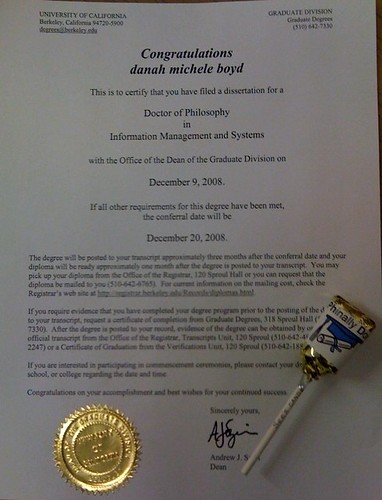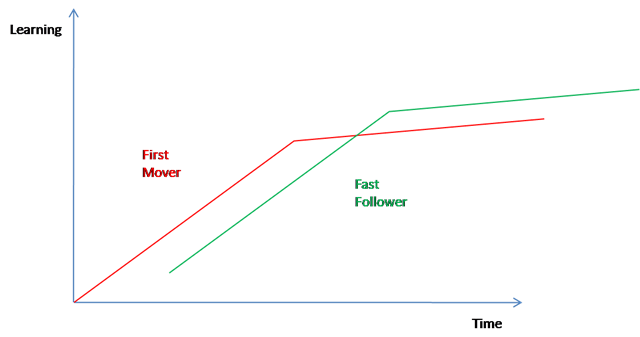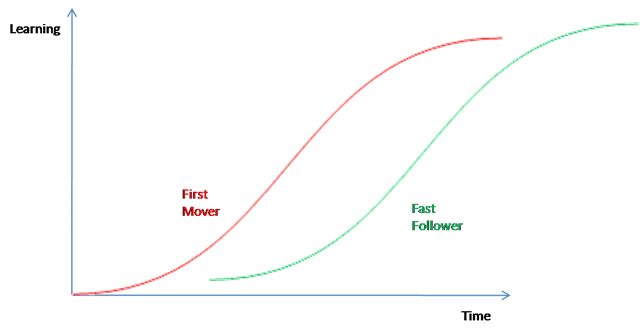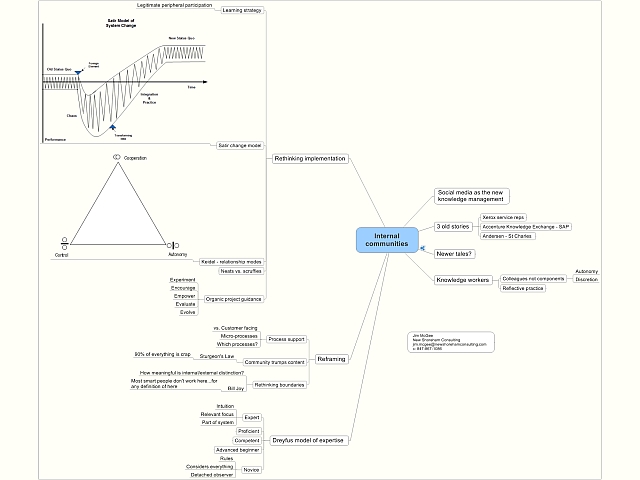
Image via Wikipedia
[cross-posted at FastForward blog]
The current issue of Fast Company has a cover article on Cisco and their ongoing efforts to reorganize into something that is an excellent case study of what Enterprise 2.0 may look like in an established organization. It shouldn’t be any surprise that the quintessential networking company is on the leading edge of network thinking applied to organizational design. At the same time, Cisco is a large, successful, hierarchical, engineering-centric organization that isn’t likely to be terribly interested in organizational fads.
Here’s the argument in a nutshell:
Chambers has greater ambitions, even now, in the midst of turmoil. Or, perhaps, especially now. He has been taking Cisco through a massive, radical, often bumpy reorganization. The goal is to spread the company’s leadership and decision making far wider than any big company has attempted before, to working groups that currently involve 500 executives. This move, Chambers says, reflects a new philosophy about how business can best work in a networked world. “In 2001, we were like most high-tech companies, with one or two primary products that were really important to us,” he explains. “All decisions came to the top 10 people in the company, and we drove things back down from there.” Today, a network of councils and boards empowered to launch new businesses, plus an evolving set of Web 2.0 gizmos — not to mention a new financial incentive system — encourage executives to work together like never before. Pull back the tent flaps and Cisco citizens are blogging, vlogging, and virtualizing, using social-networking tools that they’ve made themselves and that, in many cases, far exceed the capabilities of the commercially available wikis, YouTubes, and Facebooks created by the kids up the road in Palo Alto.
The bumpy part — and the eye-opener — is that the leaders of business units formerly competing for power and resources now share responsibility for one another’s success. What used to be “me” is now “we.” The goal is to get more products to market faster, and Chambers crows at the results. “The boards and councils have been able to innovate with tremendous speed. Fifteen minutes and one week to get a [business] plan that used to take six months!” As storm clouds form for the rest of the business community, he says, “We’re going to gain market share.” [“How Cisco’s CEO John Chambers is Turning the Tech Giant Socialist“, Ellen McGirt]
What makes this case study useful and interesting is its emphasis on organization not technology. There’s an undercurrent in the article that everything is all a bit “socialist” somehow and isn’t that a surprise, which I found annoying at points. The more interesting point is that a bunch of engineers and big-organization executives are essentially concluding that hierarchy isn’t scaling well enough to meet their goals.
More than anything else, this story provides a well-documented case study that is an existence proof to other skeptical executives that the combination of Enterprise 2.0 technologies and the right organizational principles and practices can succeed.
![Reblog this post [with Zemanta]](http://img.zemanta.com/reblog_e.png?x-id=318c90e5-c85c-4abb-9a85-2ed603fa6933)










